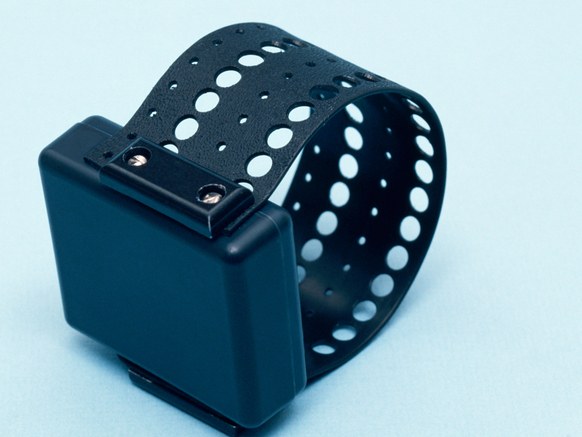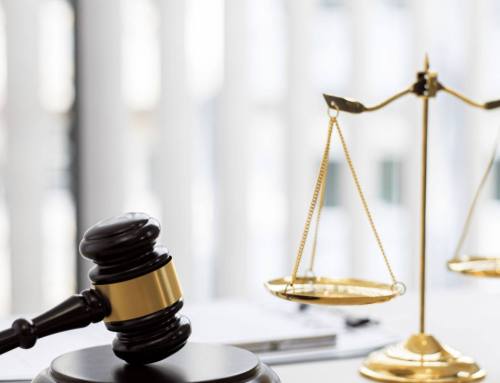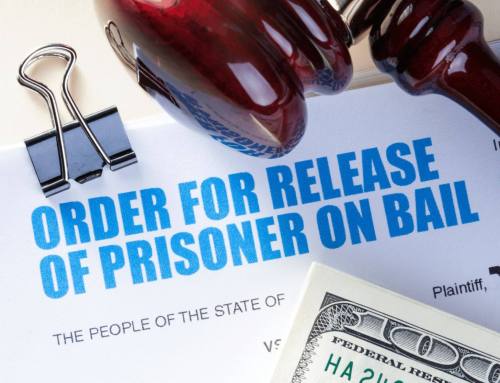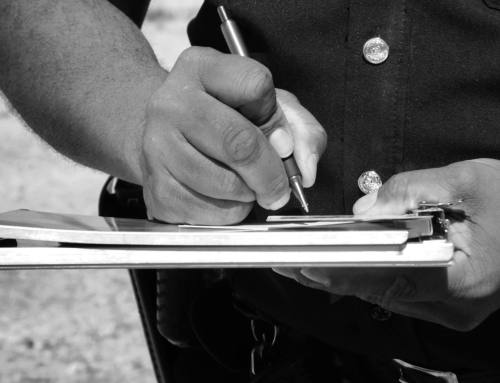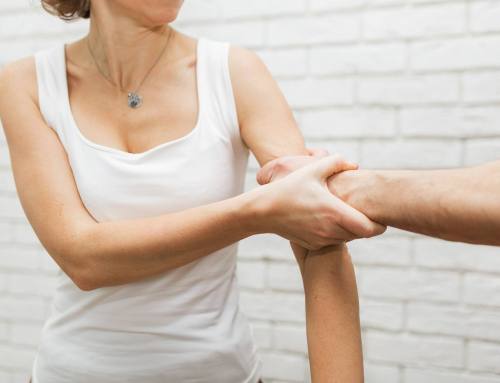Most people don’t think this little band of plastic is going to be much of a hindrance. Wrong.
Monitors Are Multiplying
Today, these devices are proliferating. According to the Pew Research Center, the number of electronic monitors has more than doubled since 2005. Though no one keeps precise statistics, at any given moment we likely have about 200,000 people on these monitors, shackled to their living rooms, kept from walking around the block.
And as these devices multiply, I continue asking questions. I can’t figure out why people actually call this an “alternative” to incarceration. Locked in your house and you have to get permission from someone in law enforcement to go outside, is that an alternative? Some people say, “it’s better than prison.” Maybe. The minimum security camp in Wisconsin where they sent Trump aide Michael Papadopoulus is better than a supermax prison. But it’s still prison. We need to stop fooling ourselves. An electronic monitor is an alternative form of incarceration, not an alternative to incarceration.
So why are these devices widening their net? There are two reasons. First, a good number of people are finally waking up to the fact that the U.S. puts way too many people behind bars. Nouveau reformers are looking for a quick-fix that will reduce prison and jail populations but somehow ensure public safety. Electronic monitors seem to fill that bill. I call this the “myth of the monitor.” The myth would have us believe that house arrest and a band of plastic are going to change a person’s life circumstances and make them “behave.” As Graham and McIvor point out in an international overview of EM practices: “Regardless of technology type, an EM tag cannot stop a restricted behaviour, for example, leaving home during curfew or drinking alcohol, nor can it stop the wearer committing a crime. While its uses may be diverse, EM is not a panacea or universally appropriate tool in criminal justice”. To put it into the context of current criminal legal realities: how does this band of plastic impact a person’s life when their challenges are poverty-driven, mental health or substance abuse issues, or when they are without a house when they are put on house arrest? How does it remove the reality of over-zealous, racialized policing that criminalizes entire communities? No technological quick-fix will address these issues.
Aside from the quick-fix argument, there’s the very loud voice of the profiteers promoting this technological snake oil. Their logic holds that it is cheaper than incarceration: by removing people from cells, putting them on e-shackles, and making them pay a daily fee, authorities will save money. That myth holds water only if we are putting e-shackles on people who would otherwise be in jail or prison.
There’s the problem — it becomes most apparent when we consider the case of releasing people from jail on an electronic monitor while they await judgement in their case. They are, as the Constitution would have it, innocent until proven guilty. But by putting them on a monitor, we are already punishing them with a form of incarceration. This makes no sense. More sensible logic would argue, if it is safe to let a person out of jail, why do we have to re-arrest them in their house? It’s that myth of the monitor again. Statistics dispel the myth. The classic example is Washington DC which began a program of nearly eliminating cash bail in 1992. Multi-year studies of the early years and more recent figures show that about 90% of those released without paying cash bail make all court appearances. Approximately the same per cent incur no new arrests during their pretrial release. As long as decision-makers keep swallowing and propagating the myth, taxpayer dollars will fill the coffers of electronic monitoring companies like the giant of the industry, BI Incorporated. BI, just in case you didn’t know it, is owned by the GEO Group, the world’s largest private prison operator. Their business model dictates if you can’t make money off people by putting them in jail, slap an e-shackle on their leg and charge them a daily fee for it.
Ending Cash Bail
Many jurisdictions are talking about eliminating cash bail. This is largely the result of popular mobilizations, often led by the black and brown folks who have been most severely impacted by mass incarceration. California just passed a law that will get rid of cash bail next year (editor’s note: implementation of the bill, SB 10, has been delayed pending consideration by voters in 2020). Nevada is considering a similar move. For those of us who believe in “innocent until proven guilty,” eliminating cash bail is a great advance. Otherwise, only those who are poor sit in jail until they have their day in court.
But it’s more complicated than just ending cash bail. We have to make sure that when people are released pretrial, we don’t construct electronic jails for them in their own homes. Let them be free to work, spend time with their families, and take care of healthcare needs until they face their moment of judgement. Instead of funding e-shackles, taxpayer money should go toward keeping people out of jail. This means more public housing, behavioral health treatment centers, job training programs and restorative justice hubs, not more efficient ankle monitors. It’s time to pull the plug on e-shackles and spend money in ways that will improve the lives in the black, brown, and poor communities that have suffered for too long under the system of mass incarceration. We need to develop opportunities for success, not punitive technologies with mythical powers.
Bail is by far the best choice especially over Electronic Monitoring! The costs are much less and the arrestee is much better off!
Call Lightning Bail – 702 333-2663

